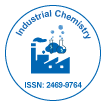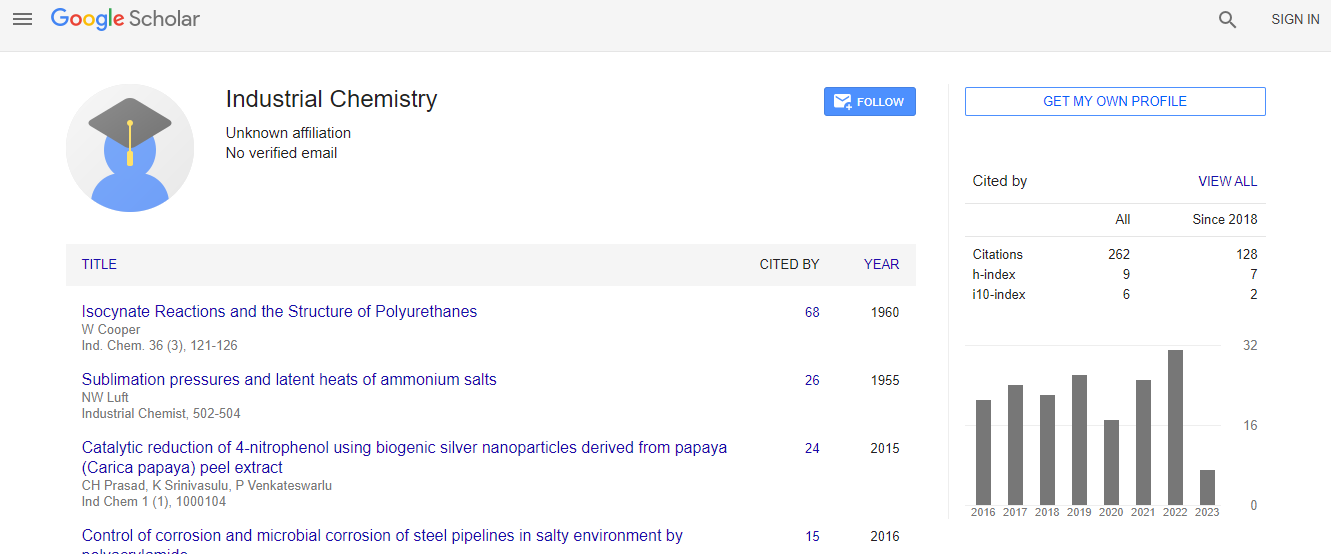Our Group organises 3000+ Global Events every year across USA, Europe & Asia with support from 1000 more scientific Societies and Publishes 700+ ������ Journals which contains over 50000 eminent personalities, reputed scientists as editorial board members.
������ Journals gaining more Readers and Citations
700 Journals and 15,000,000 Readers Each Journal is getting 25,000+ Readers
Citations : 262
Indexed In
- Index Copernicus
- Google Scholar
- RefSeek
- Directory of Research Journal Indexing (DRJI)
- Hamdard University
- EBSCO A-Z
- OCLC- WorldCat
- Scholarsteer
- Geneva Foundation for Medical Education and Research
- Euro Pub
Useful Links
Recommended Journals
Related Subjects
Share This Page
Degradation of boscalid by nitrogen-doped/undoped TiO2 and persulfate ions using different activation conditions and the identification of its main degradation products using LC/MS/MS
International Conference on Industrial Chemistry
Sherif Mohamed Taha
Agricultural Research Center, Egypt
Posters & Accepted Abstracts: Ind Chem
DOI:
Abstract
Degradation of boscalid (Bd) in aqueous solution was studied using different oxidation systems, including persulfate ion (PS), TiO2 (UT), N-TiO2(NT) and mixtures of UT/PS and NT/PS under sunlight irradiation, in addition to using heatactivated (50 or 80�?ºC) PS ions. NT had a higher percentage for Bd degradation than UT, which was explained by a higher surface area and a higher amount of anatase for NT. However, systems of NT/PS or UT/PS did not degrade Bd as much as PS alone under sunlight, which may have resulted from the interaction between the produced hydroxyl and sulfate radicals. Eventually, the highest Bd degradation was obtained by the activation of PS at 80�?ºC. On the other hand, degradation of Bd in aqueous solution containing MeOH by NT or UT was completely inhibited. MeOH is a scavenger for both hydroxyl radicals OHâ�?¢ and the positive hole of the activated catalysts. In addition, the PS system was more affected by MeOH presence than were the UT/PS and NT/PS systems. This result can be explained by the fact that i) MeOH scavenged further OHâ�?¢ than SO4â�?¢- and ii) more SO4â�?¢- was present for systems of UT/PS, especially for NT/PS, than PS. Therefore, NT/PS or UT/PS systems have a higher percentage of Bd degradation in aqueous solution containing MeOH than the PS system. Eventually, an analysis of Bd residues and the identification of its 7 basic intermediates were carried out using LC/MS/MS.Biography
Email: sherif2taha@gmail.com

